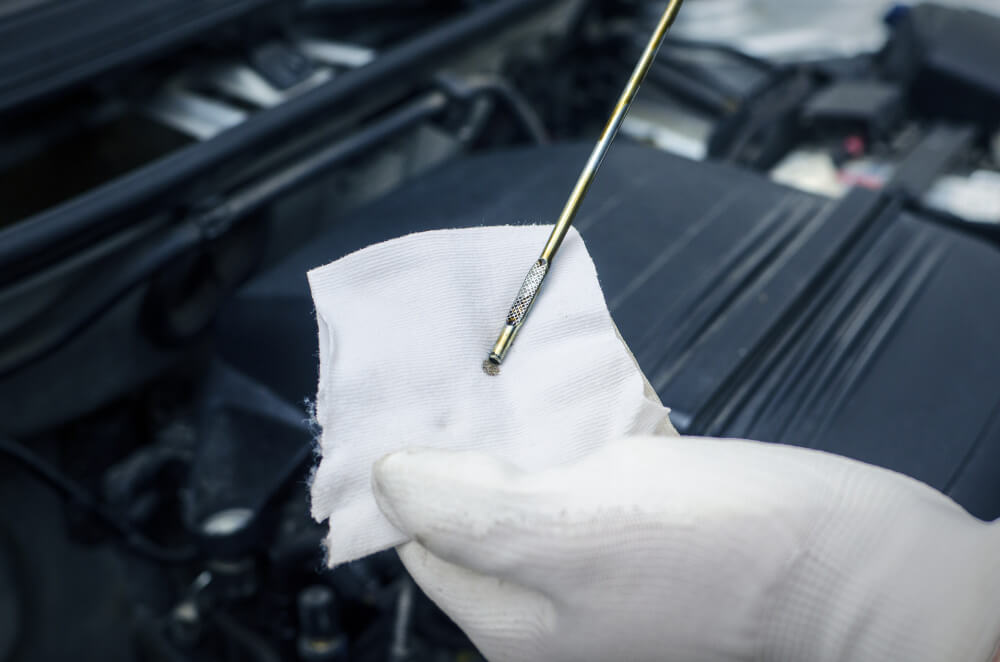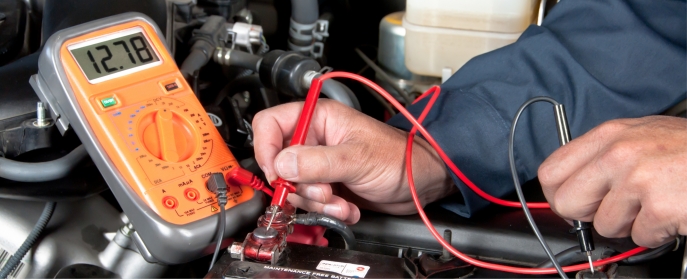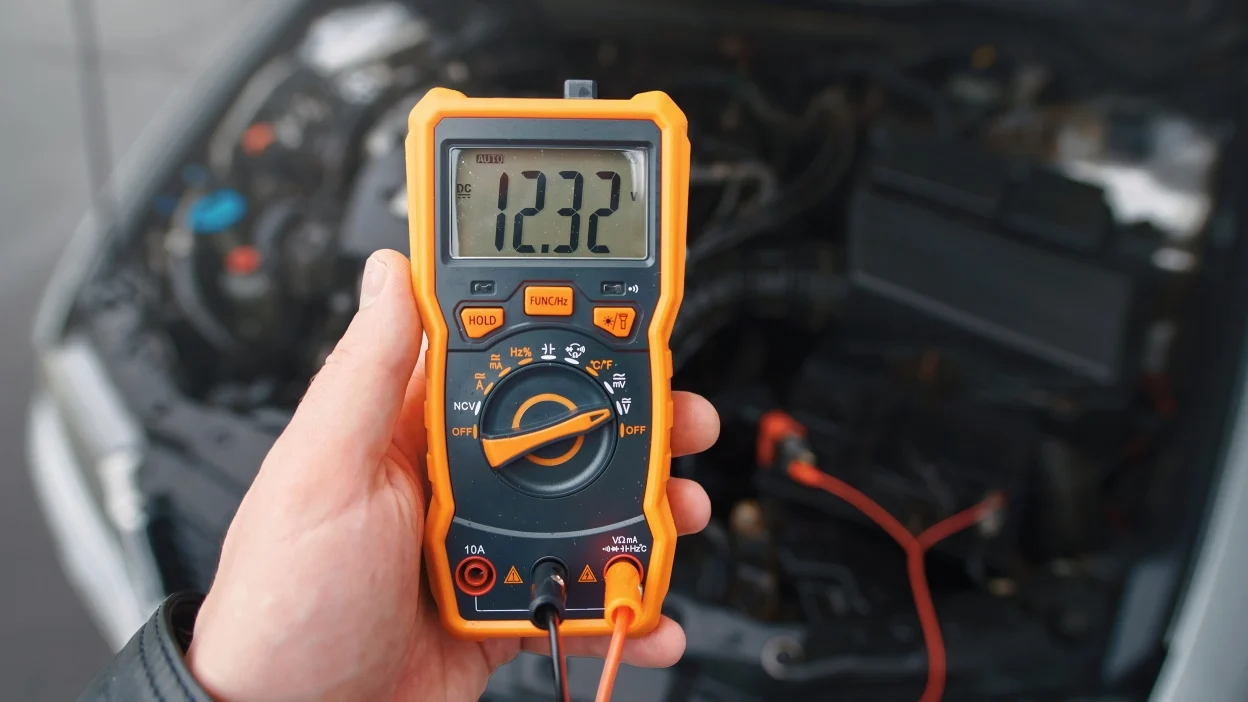Ensuring your car’s engine oil level is correct is essential for maintaining the health and longevity of your vehicle. One of the easiest ways to do this is by learning how to read an oil dipstick. In this guide, we’ll walk through the process step-by-step so you can quickly and confidently check your engine oil.
Table of Contents
Why It’s Important to Know How to Read an Oil Dipstick
Engine oil is the lifeblood of your vehicle’s engine. It keeps components lubricated, reduces friction, and helps regulate temperature. Without enough oil, your engine is at risk of overheating, seizing up, or suffering long-term damage. Learning how to read an oil dipstick is a crucial skill that helps you monitor oil levels and avoid costly repairs.
Step-by-Step Guide on How to Read an Oil Dipstick
Step 1: Park on a Level Surface
Before you begin, make sure your vehicle is parked on a flat surface. This will help you get an accurate reading. If your car has been running, allow it to cool down for about 5-10 minutes. Hot oil can give a false reading, so it’s best to check it when the engine is cool.
Step 2: Locate the Oil Dipstick
Open the hood and look for the oil dipstick, which usually has a brightly colored handle (often yellow or orange) for easy identification. The location varies depending on the make and model, but you can typically find it near the engine.
Step 3: Pull Out the Dipstick
Once you’ve found the dipstick, carefully pull it out of the tube. Learning how to read an oil dipstick involves more than just looking at it – you’ll need to wipe it off first for an accurate measurement.
Step 4: Wipe It Clean
Use a clean, lint-free cloth or paper towel to wipe off the dipstick. This removes any residual oil that might give you a misleading reading.
Step 5: Insert the Dipstick and Pull It Out Again
Reinsert the dipstick fully, then pull it out once more to check the oil level. How to read an oil dipstick correctly requires looking at the markings, which usually indicate a “full” and “low” level.
Step 6: Analyze the Oil Level
Examine the tip of the dipstick to see where the oil level sits relative to the “full” and “low” marks. Ideally, the oil should be near the “full” mark. If it’s below the “low” mark, it’s time to add oil.
Step 7: Check the Oil Condition
Besides learning how to read an oil dipstick, it’s wise to assess the oil’s condition. Fresh oil is usually amber in color, while old oil appears darker. If the oil feels gritty or smells burnt, it’s time for an oil change.
Tips for Adding Oil After You’ve Learned How to Read an Oil Dipstick
If the oil level is low, you’ll need to add oil. Refer to your owner’s manual to determine the correct oil type for your engine. Start by adding a small amount and rechecking with the dipstick until the level is close to “full.” Overfilling can harm your engine, so take your time and avoid adding too much at once.
How Often Should You Check Your Oil Level?
After mastering how to read an oil dipstick, make it a habit to check your oil every 3,000 miles or once a month, whichever comes first. Regular checks help ensure that your engine always has sufficient oil.

Common Mistakes to Avoid When Learning How to Read an Oil Dipstick
- Not Wiping the Dipstick Clean: Failing to wipe the dipstick before reinserting it can result in an inaccurate reading.
- Checking Oil When the Engine is Hot: This can give you a false reading. Wait until the engine has cooled down.
- Not Following Your Owner’s Manual: Different vehicles have different requirements, so always consult the manual for your car’s specific needs.
Final Thoughts on How to Read an Oil Dipstick
Learning how to read an oil dipstick is a simple yet essential skill for any car owner. By checking your oil regularly, you’ll keep your engine running smoothly and prevent unnecessary wear and tear. Whether you’re a new driver or an experienced car owner, following these steps can help you maintain your vehicle’s performance and extend its lifespan.
Keeping your car’s oil in check doesn’t have to be complicated. With these tips, you’re well on your way to becoming an expert on how to read an oil dipstick.
Related Post:
Regular oil checks are essential for maintaining your engine’s health. If you suspect your engine may be burning oil, our guide can help you identify the signs





Leave a Reply